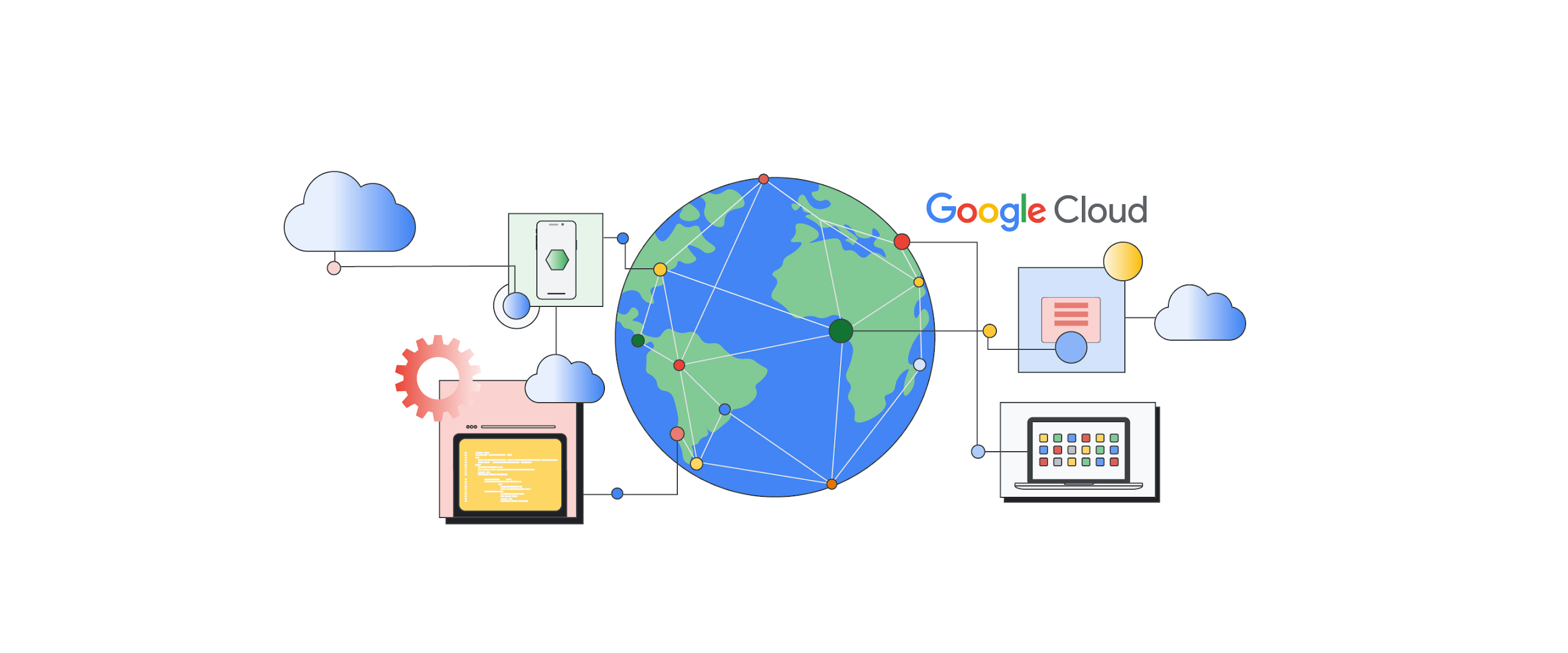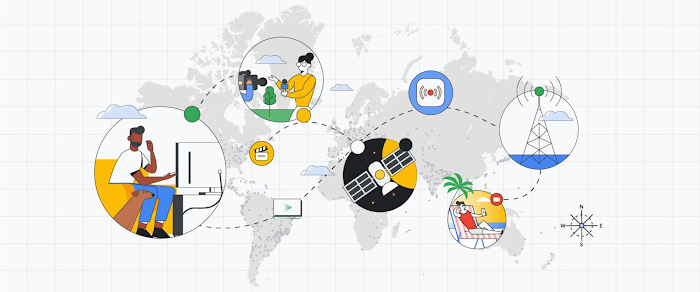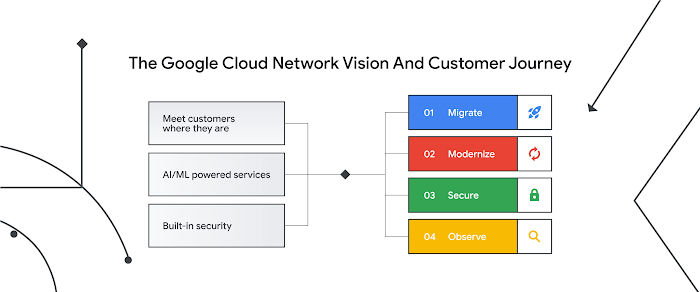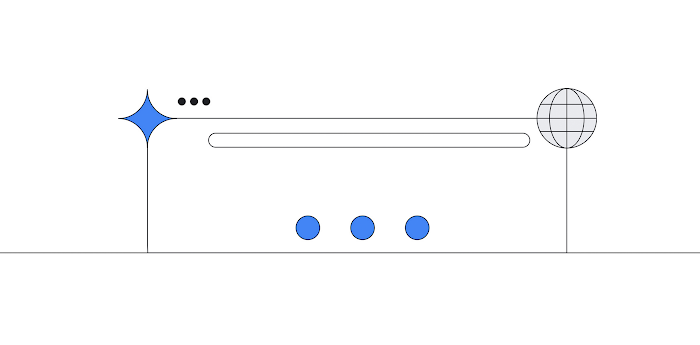5 reasons to run your media services on Google Cloud

Jeff Young
Product Manager, Google Cloud Media
David Lin
Product Manager, Google Cloud CDN
Google Cloud helps customers in the media and entertainment industry to create and monetize innovative and personalized experiences for their global audiences using scalable, secure, and reliable content preparation, delivery, and recommendations. Underpinning the end-to-end media platform is Google Cloud's Media CDN, enabling global reach for companies that want to bring together the best of Google’s experiences across YouTube, Ads, and AI/ML.
Take Banglalink, the leading mobile network operator in Bangladesh. With 34M subscribers, “we are pleased to partner with Google Cloud leveraging Media CDN exclusively to successfully stream the 2022 FIFA World Cup on Banglalink's video OTT platform, Toffee. We were able to deliver 1B views over the course of the tournament and 15.5 million unique viewers for the final game with great video quality at scale,” said Abdul Muqit Ahmed, Director, Toffee, Banglalink Digital Communications Ltd.
Media CDN and other Google solutions can deliver the same results for your organization’s media workloads. Here are five reasons to consider Google Cloud for your media platform needs:
#1 Native AI/ML-powered personalization
Audiences want to be able to discover more personalized content, like what to watch or read next, and your organization wants to increase its ad inventory and its user retention rate. Media Recommendation is a real-time, personalized, content recommendation service that leverages Google's AI/ML technology and scalable infrastructure, helping to deliver omnichannel experiences like video streaming, short-form videos, news, and music, delivering Google-quality results with expressed optimization objectives.
#2 Optimized stream monetization
Video Stitcher API and Media CDN combine video streaming and monetization into one to deliver optimized and measurable ad experiences. Customers can dynamically insert relevant ads — including from the millions of advertisers using Google ads — in high-quality video ad formats, such as TrueView skippable ads, driving better fill rates and increased monetization.
Video Stitcher API seamlessly integrates directly with Media CDN to quickly enable new ad-supported monetization opportunities to your existing content distribution. Publishers can use Google Ad Manager to manage monetization or third-party ad servers.
#3 Security in-depth
Content piracy remains a significant challenge for premium content providers, directly impacting their bottom line. You can secure your streams with a combination of Media CDN’s native security features and integrations with Cloud Armor for additional networking protection. Token-based client authentication and private origin authentication allow you to build defense-in-depth approaches to protect content from unauthorized access and distribution. Token revocation, enabled by Service Extensions, further enables you to block unauthorized circumvention of other authentication methods.
Google Cloud customers have been using Cloud Armor and leveraging the scale and capacity of Google’s network edge to protect their environment from some of the largest DDoS attacks ever seen. Media CDN integrates with Cloud Armor directly to bring IP and geo-based security policies to its global cache deployments.
In combination with our Media APIs, you can protect premium and/or licensed content with enhanced end-to-end encryption using Digital Rights Management (DRM) from processing and packaging to delivery.
#4 Customizable logic at the edge
Just like how some content performs better if it’s closer to the user, some services run better at the edge. Announced in preview last year, Service Extensions is a fully managed serverless solution based on WebAssembly (wasm) that lets customers and partners customize Media CDN with new capabilities. Service Extensions unblocks a variety of use-cases including revoking access tokens for malicious users, normalizing headers for cache optimization, rewriting URLs, custom logging and security controls.
For example, Media CDN is now integrated with Nagra’s forensic watermarking solution, NexGuard, which further protects content by identifying content leaks and enabling anti-piracy actions. The integration is built using Service Extensions.
Likewise, Cloudinary provides powerful image and video APIs to help companies unleash the full potential of their visual media. Using Service Extensions, Google now has an integration with Cloudinary that gives Media CDN customers access to world-class media automations and image optimization capabilities.
#5 API-first configuration and open standards
Broadcasters need a flexible media platform that can quickly adapt to business needs and seamlessly integrate with existing workflows and architectures. With support for REST APIs, gcloud command line interfaces, Terraform, and more, Google’s end-to-end media platform gives you full control over your media stack. Google’s commitment to the open source community continues through the media stack as well, both in adopting standards to ease hybrid architectures and driving new standards to uplift the industry.
Media CDN supports Common-Media Client-Data (CMCD), an open specification published by the Web Application Video Ecosystem (WAVE) project within the Consumer Technology Association (CTA). CMCD enables Media CDN logs and generates metrics based on the CMCD specification natively and automatically, unifying client- and server-side behaviors and giving you a holistic view of the delivery flow. As an open standard, CMCD lets you correlate and analyze these metrics in a consistent way across supported CDNs, and is as simple to enable as flipping a parameter on a supported player like Shaka Player or HLS.js. The Google team continues to actively contribute to the CTA WAVE project to develop future open observability standards and further enhance your understanding of the client-side viewing experience and server-side delivery performance.
Another example of Google's commitment to open source is the above-mentioned Service Extensions, which uses wasm, an open and standardized binary instruction format. Additionally, Service Extension leverages Proxy-Wasm, an open source project started by Google that defines the APIs that allow you to customize the behavior of proxies.
Join us at NAB in Las Vegas April 16-19
Backed by Google's media expertise and infrastructure scale and reliability, media and entertainment organizations can now future-proof their Direct to Consumer (DTC) journey by building a foundational media platform on the same global infrastructure that powers Google products like YouTube and Google Ads, which serve billions of users around the world, across a plethora of devices. We are committed to meeting these demands and providing our customers with the best possible content delivery experience.
We’ll be at NAB Las Vegas April 16-19. Zee Entertainment, Globo and Fox Sports will join us to discuss AI and Media and Entertainment industry with Google’s Anil Jain on Monday April 17th at 2pm. Hope to see you there!



